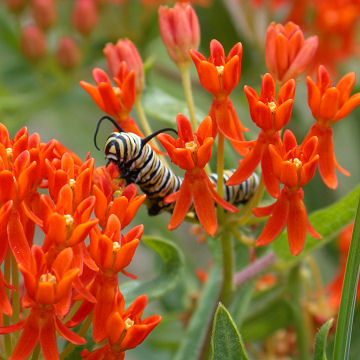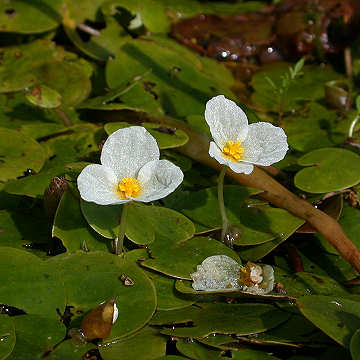The larvae of Monarch Butterflies (Danaus plexippus) feed exclusively on plants in the genus Asclepias (Milkweeds) and a few other related genera.


Monarch larva on Butterfly Weed (Asclepias tuberosa)
According to a new study published in the journal Insect Conservation and Diversity (Pleasants & Oberhauser, 2012), overwintering monarch butterfly populations in Mexico have declined by about half since 1999. This is correlated with an estimated 58% decline in milkweed populations in the Midwest and a corresponding decline of 81% in monarch breeding success. These effects are most likely due to the widespread use of Glyphosate on genetically modified crops immune to the herbicide (i.e. Roundup Ready crops).



